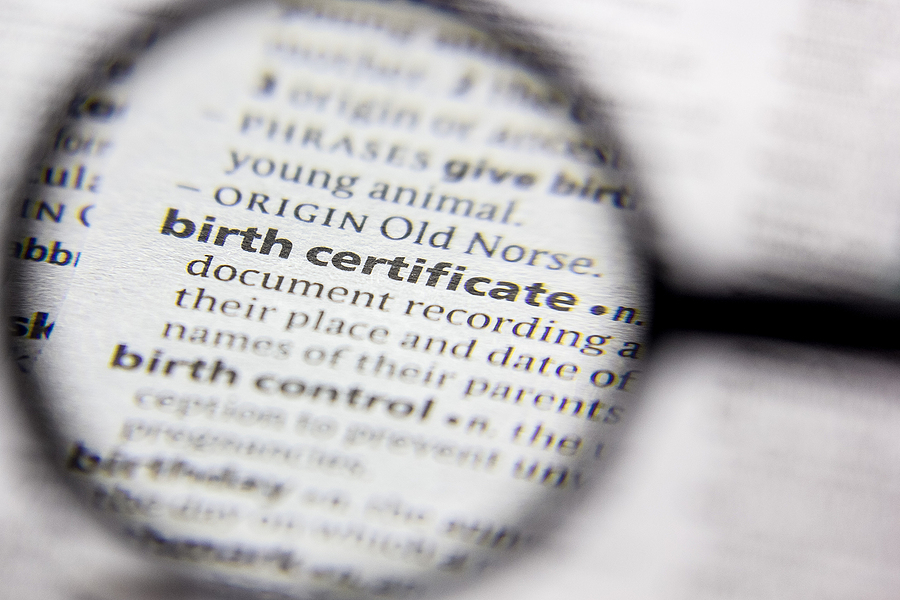Quick Quote
Archives
- November 2023
- October 2023
- September 2023
- August 2023
- July 2023
- June 2023
- May 2023
- April 2023
- March 2023
- February 2023
- January 2023
- December 2022
- November 2022
- October 2022
- September 2022
- August 2022
- July 2022
- June 2022
- May 2022
- April 2022
- March 2022
- February 2022
- January 2022
- December 2021
- November 2021
- October 2021
- September 2021
- July 2021
- June 2021
- April 2021
- March 2021
- February 2021
- December 2020
- October 2020
- August 2020
- July 2020
- June 2020
- May 2020
- April 2020
- March 2020
- February 2020
- January 2020
- November 2019
- October 2019
- September 2019
- August 2019
- July 2019
- June 2019
- May 2019
- April 2019
- March 2019
- February 2019
- January 2019
- December 2018
- November 2018
- October 2018
- September 2018
- August 2018
- July 2018
- June 2018
- May 2018
- April 2018
- March 2018
- February 2018
- January 2018
- December 2017
- November 2017
- October 2017
- September 2017
- August 2017
- July 2017
- June 2017
- May 2017
- April 2017
- March 2017
- February 2017
- January 2017
- December 2016
- November 2016
- October 2016
- September 2016
- August 2016
- July 2016
- June 2016
- May 2016
- April 2016
- March 2016
- February 2016
- January 2016
- December 2015
- November 2015
- October 2015
- September 2015
- August 2015
- July 2015
- June 2015
- May 2015
- April 2015
- March 2015
- February 2015
- January 2015
- December 2014
- November 2014
- October 2014
- August 2014
- July 2014
- June 2014
Is There an Easy Way of Measuring Translation Accuracy?
If you want the short answer, it’s that there isn’t! There are easy ways of measuring certain aspects of a translation but no overall method of comparing the accuracy of one translated text with another. That’s because translations vary so much in length and complexity of content as well as delivery time. It’s like comparing fruit; it’s easier to compare apples with apples, rather than apples with pears. Even that is not strictly true as there are different sizes of apples, different maturity levels when they are actually eaten, let alone the fact that there are several different types of apples: granny smiths, braeburns, galas, red delicious and how about crab apples? Getting back to translation and how easy it is to measure accuracy, there are several ways of measuring certain aspects of a completed translation piece, as long as they are not taken too seriously. One way that has been used by some translation services is a quantitative measure. A translation is inspected for errors and a number assigned to each error based on its level of seriousness. For example, the most serious errors would be regarded as those that make the meaning of that section of the translation impossible to understand. Let’s say that gets a ‘3’. A less serious error that still may impact on the credibility of the translator or the translation service would merit a ‘2’. A minor error, say in grammar or spelling, would be given a ‘1’. Theoretically, all that needs to be done is to tot up the points and divide by the number of words. This could be expressed as a ‘percentage error measure.’ It’s fairly crude as it doesn’t take into account the subject matter and the level of complexity of the content. It may be reasonable to expect that the more complex and specialised is the terminology used, the greater the frequency of errors. However, as long as apples are being compared with apples in translation terms, i.e. translation tasks are compared with tasks of similar language content and complexity, then the measure is better than a subjective impression of accuracy which is surely the least accurate way of assessing accuracy. The other issue that is not addressed by the method described above is whether the same mistake is being made throughout. This may be a simple misunderstanding of language and easily corrected yet would appear by to represent a ‘seriously inaccurate’ translation. Despite the fact that there is no sure-fire way of measuring translation accuracy there are still ways that translation services anxious to monitor the quality of their work can do so, as long as they are not taken as gospel.









Leave a Reply